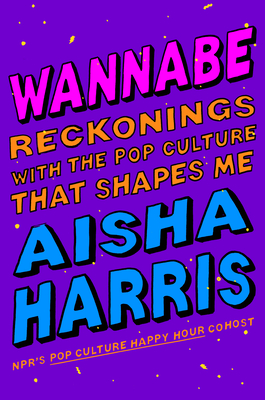
They Can't Kill Us Until They Kill Us
Book Description
In a world where the soundtrack of existence shifts between celebration and mourning, Hanif Abdurraqib’s 'They Can't Kill Us Until They Kill Us' confronts the pulse of Black culture through the lens of music, grief, and resilience. Each essay is a visceral journey, weaving together personal reflection and cultural commentary that resonates deeply with the collective experience of loss and joy. As the words dance between vulnerability and defiance, they challenge the very fabric of identity and survival. What happens when the echoes of a haunting melody remind us that life, despite its cruelties, is meant to be celebrated?
Quick Book Summary
In "They Can't Kill Us Until They Kill Us," Hanif Abdurraqib crafts a poignant collection of essays that examine the connections between music, race, loss, and personal history. Drawing upon his experiences as a Black man in America, Abdurraqib uses concerts, artists, and songs as entry points into meditations on identity, activism, violence, love, and resilience. He moves fluidly between the personal and the political, revealing how popular music intersects with social unrest, collective mourning, and private grief. Through vivid anecdotes and keen observations, Abdurraqib elevates everyday moments into thoughtful commentary on how art helps us survive. Ultimately, the book celebrates the beauty and pain of living while asserting the transformative power of music and storytelling.
Summary of Key Ideas
Table of Contents
Music as a Medium for Grief and Healing
Abdurraqib anchors his essays in the sounds and sensations of music—both live and recorded—to explore how songs serve as companions through personal and communal grief. Concerts become sacred spaces where joy, sorrow, and healing intermingle. Whether mourning the death of friends or the loss of beloved artists, Abdurraqib traces the ways music bolsters resilience, providing solace and collective catharsis during turbulent times. His prose is infused with the sense that melodies and lyrics can carry people through the sharpness of loss and into meaning.
The Intersection of Race, Identity, and Pop Culture
Throughout the collection, the author interrogates the experiences of being Black in America, drawing attention to how race shapes encounters with pop culture. He reflects on the precariousness and resistance of Black identity, often illustrated through the presence of Black artists in predominantly white spaces or the realities of facing police violence. Abdurraqib’s essays expose the constant negotiation required to balance personal joy against the backdrop of social danger, weaving pop culture commentary with urgent cultural critique.
Resilience in the Face of Violence and Loss
Resilience emerges as a central theme, as Abdurraqib examines what it means to persist amid violent realities. He confronts not only the physical threats facing Black communities but also the quieter wounds—disappointments, heartbreak, and the exhaustion of survival. Each essay is a testament to enduring through art, friendship, and memory, transforming pain into moments of defiant celebration. His stories reveal how communities reclaim power and hope, even when the world feels hostile or indifferent.
The Power of Community and Collective Memory
Abdurraqib often returns to the importance of community, memory, and storytelling in surviving hardship. He highlights how music events bring strangers together, fostering fleeting but powerful connections. Shared experiences at concerts or listening parties become forms of resistance, keeping memories alive and providing reprieve from isolation. The communal act of remembering through music is depicted as both a tribute to what’s lost and a foundation for shared identity and purpose.
Self-Reflection Amid Societal Upheaval
Underlying every essay is a deep self-reflection as Abdurraqib navigates his own fears, hopes, and transformations amid ongoing societal upheaval. He writes candidly about vulnerability, love, and the desire to make sense of a world marked by persistent injustice. By blending memoir with cultural analysis, he invites readers into his internal dialogue, ultimately pointing to the necessity of finding meaning—through music, art, and community—even as the world shifts between celebration and mourning.
Download This Summary
Get a free PDF of this summary instantly — no email required.





